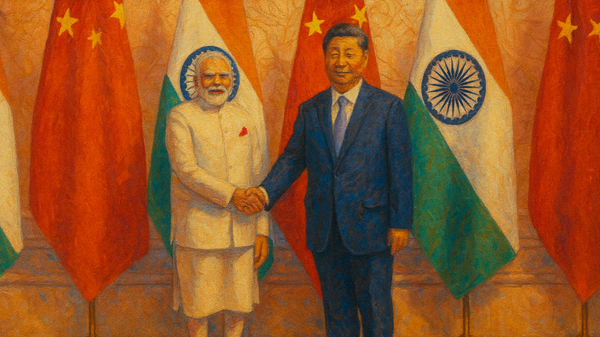Photovoltaics

Photovoltaics: Powering National Energy Security and Technological Sovereignty
Photovoltaic (PV) technology—converting sunlight directly into electricity via semiconductor junctions—has evolved from niche applications to a linchpin of national energy strategies and decarbonization goals. Modern PV systems span crystalline silicon cells, thin-film technologies, and emerging perovskite tandems, achieving module efficiencies above 25 percent and utility-scale levelized costs of electricity below $0.03 per kWh. As nations pursue energy independence and climate targets, mastery of PV research, manufacturing, and deployment underpins both economic resilience and strategic autonomy.
At the cell level, crystalline silicon (c-Si) remains dominant, with monocrystalline architectures reaching laboratory efficiencies of 27.1 percent via heterojunction designs that integrate amorphous silicon passivation layers. Thin-film variants—such as cadmium telluride (CdTe) and copper indium gallium selenide (CIGS)—offer lower material costs and flexible substrates, with CdTe modules achieving commercial efficiencies near 19 percent. Perovskite-silicon tandem cells, which layer a wide-bandgap perovskite absorber atop a c-Si bottom cell, have surpassed 31 percent lab efficiencies, promising an accelerated path to sub-$0.02 per kWh electricity. Manufacturing advances—like automated wafer-sawing, roll-to-roll coating for thin films, and inline quality control via electroluminescence imaging—drive yield improvements and cost reductions at gigawatt-scale production lines.
Strategic Importance
From a national capability perspective, PV deployments bolster energy security by diversifying generation portfolios and reducing dependence on imported fuels. Distributed rooftop installations and utility-scale solar farms insulate grids from global supply shocks and geopolitical disruptions. In remote or island communities, off-grid PV microgrids provide reliable power where extending transmission infrastructure is cost-prohibitive. The rapid scalability of PV supports decarbonization commitments: nations with over 50 GW of cumulative PV capacity have cut carbon dioxide emissions by hundreds of millions of tonnes annually, while creating high-skilled manufacturing and installation jobs.
Research Performance Trends
ASPI’s historical-performance data reveal that PV research output has surged since 2003, with the share of highly cited publications rising from under 5 percent to nearly 30 percent by 2023. China leads this field with a 37 percent share of top-cited papers, followed by the United States at 15 percent, South Korea at 12 percent, Germany at 10 percent and India at 8 percent . The proliferation of national PV programs—ranging from China’s Solar City pilot initiatives to the U.S. DOE SunShot targets—has catalyzed innovation in materials, cell architectures and system integration.
Global Leaders in Photovoltaics
United States drives PV efficiency breakthroughs through NREL’s PV Research Program and ARPA-E funding for tandem and concentrator systems. China commands manufacturing scale, producing over 70 percent of global PV modules and deploying large utility projects exceeding 10 GW annually. Germany’s Fraunhofer ISE pioneered record-setting CPV cells and leads in real-world performance testing of bifacial and agrivoltaic installations. Japan excels in perovskite-silicon tandems via collaborations between the University of Tokyo and industry consortia. India has emerged with its National Solar Mission, installing over 60 GW of capacity and domesticizing thin-film production through public-private partnerships.
Future Outlook
Looking ahead, perovskite tandem commercialization by 2027 promises further efficiency gains at lower costs, while innovations in transparent and flexible PV modules will integrate power generation into building materials and vehicles. Grid-scale energy storage pairing—using lithium-ion and emerging flow batteries—will mitigate intermittency and strengthen system resilience. Government policies that support R&D tax credits, streamlined permitting, and workforce training will be pivotal in maintaining competitive supply chains and achieving net-zero targets. Nations investing holistically in PV science, manufacturing infrastructure, and deployment frameworks will secure clean energy leadership and enhance their strategic autonomy in the low-carbon era.




